mentos_007
The Freshmaker!
- Joined
- Jun 29, 2004
- Messages
- 9,324
- Reaction score
- 102
- Location
- Poland, Sz-n
- Can others edit my Photos
- Photos OK to edit
Hi
Nowadays we are having great night sky here in Poland, so I'm planning some night shots of the sky. You know, all this star trails etc.... I just want to experiment a bit. What kind of film should I use? B&W or color? And what iso? 400 or 800 or more or maybe less?
I just don't want to make some obvious mistakes, although I'm aware that astrophotography is a kind of trial and error method. I already have my Zenith with bulb, remote releaser(???) (I've no idea how to call it... but I hope you know what I'm talking about) and a tripod. I 've also found a nice place, that is not light polluted. Please give me some advice, about the film and so on.
Nowadays we are having great night sky here in Poland, so I'm planning some night shots of the sky. You know, all this star trails etc.... I just want to experiment a bit. What kind of film should I use? B&W or color? And what iso? 400 or 800 or more or maybe less?
I just don't want to make some obvious mistakes, although I'm aware that astrophotography is a kind of trial and error method. I already have my Zenith with bulb, remote releaser(???) (I've no idea how to call it... but I hope you know what I'm talking about) and a tripod. I 've also found a nice place, that is not light polluted. Please give me some advice, about the film and so on.


 So I'll just blab about film for a bit.
So I'll just blab about film for a bit.
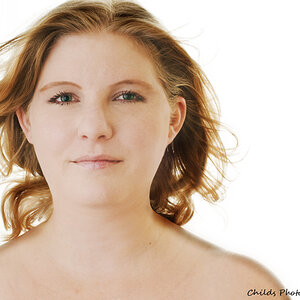

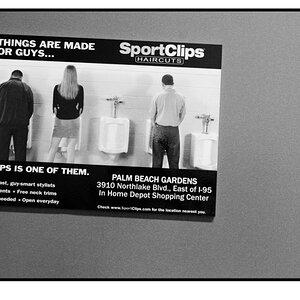
![[No title]](/data/xfmg/thumbnail/32/32699-3434a76363cb383404e00a3cd5ed5728.jpg?1619735601)
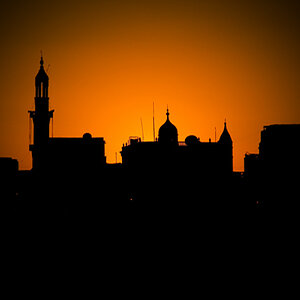
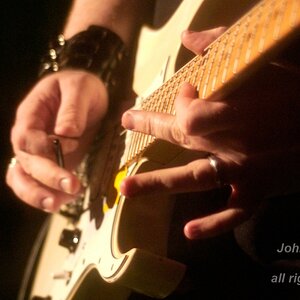
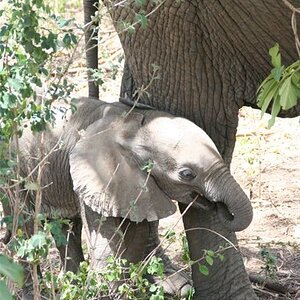


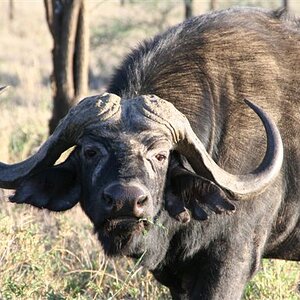
![[No title]](/data/xfmg/thumbnail/37/37602-1ef8dbb1c2d0e4ff347ee65d328c3603.jpg?1619738147)